Europe greenlights Boeing-Spirit AeroSystems merger
The EC determined that Boeing offered sufficient remedies to alleviate its competition concerns.
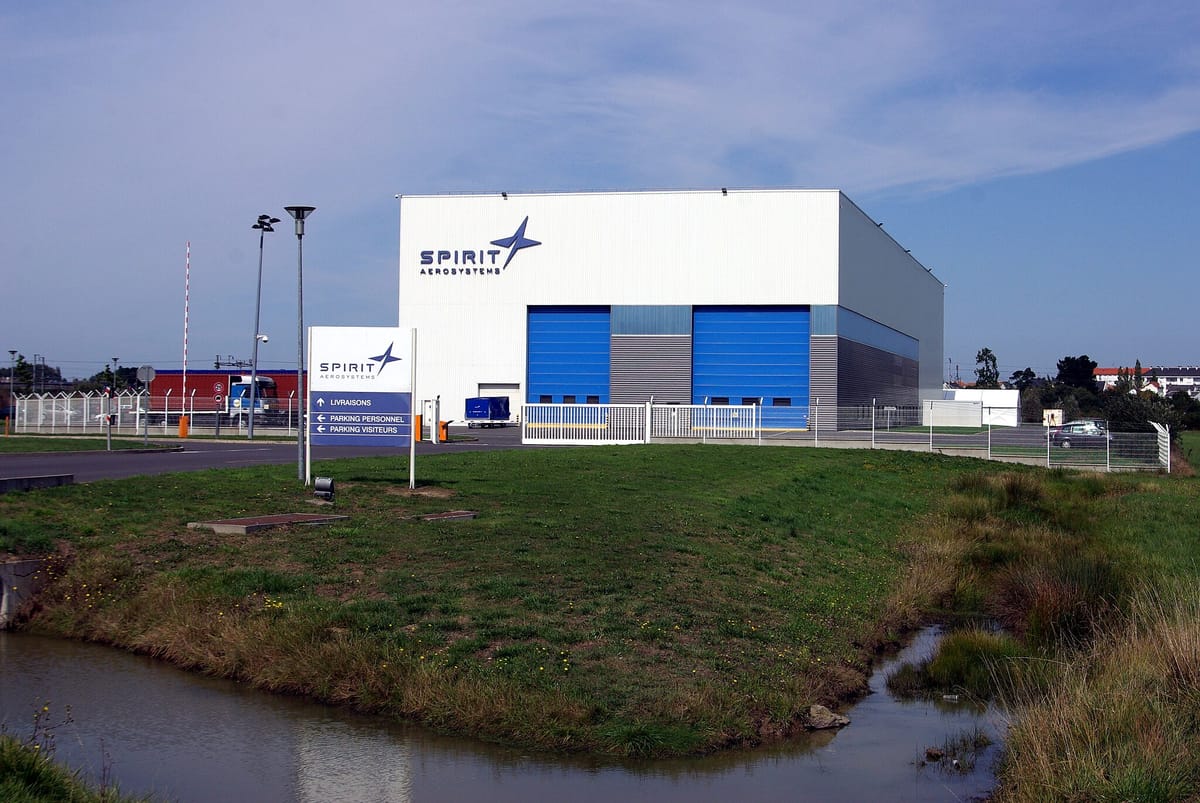
The European Commission (EC) has approved the merger between Boeing and Spirit AeroSystems, which the two companies announced on July 1, 2024, with the approval coming with certain concessions by Boeing.
On October 14, 2025, more than a year after Boeing announced that it would acquire Spirit AeroSystems in an all-stock transaction valued at $4.7 billion, or $8.3 billion with the latter company’s last reported net debt, the EC approved the merger.
However, during its investigation, the EC had concerns that the transaction would have “significantly reduced competition in the global markets for aerostructures and large commercial aircraft.”
Spirit AeroSystems, which primarily builds aerostructures for large commercial aircraft, supplies them to Airbus and Boeing. According to the Commission, the merged entity would have “the ability and the incentive to stop supplying aerostructures, or at least deteriorate the supply conditions, to manufacturers of large commercial aircraft, in particular Airbus,” and “could gain access to commercially sensitive information relating to Airbus and use it to its advantage.”
Addressing the EC’s concerns, Boeing proposed that upon the completion of the transaction, Spirit AeroSystems would divest all of its businesses that supply Airbus with aerostructures and sell the supplier’s site in Malaysia to Composites Technology Research Malaysia (CTRM).
“These structural commitments fully address the competition concerns identified by the Commission. They will enable Airbus to integrate Spirit's businesses that currently supply aerostructures to Airbus into Airbus' own operations, and hence secure its supply chain.”
At the same time, it has been known for a long time that Airbus would acquire at least some of the sites that are part of its supply chain. On July 1, 2024, the European planemaker and Spirit AeroSystems announced that they had entered into an agreement “to a potential acquisition of major activities related to Airbus.”
This included the production of the wings, mid-fuselage, and pylons of the A220 and the fuselage of the A350. In turn, Spirit AeroSystems would pay Airbus $559 million, subject to further adjustments.
The two companies reached a definitive agreement in April 2025, which included additional Spirit AeroSystems’ assets that are related to the production of the A320, A321, and A350. The sum had also changed from $559 million to $439 million.
“Airbus has also entered into a memorandum of agreement with Spirit AeroSystems, under which Airbus has agreed to, among other things, provide Spirit AeroSystems non-interest bearing lines of credit in an aggregate amount of $200 million, which will be used by Spirit AeroSystems to support Airbus programmes.”
Nevertheless, the EC said that it had approved Airbus and CTRM as suitable buyers for the Spirit AeroSystems sites, fulfilling three criteria: being independent of Boeing and Spirit AeroSystems, having the financial resources and expertise to run the sites, and not creating new competition concerns.
“The decision is conditional upon full compliance with the commitments. Under the supervision of the Commission, an independent trustee will monitor their implementation.”
Boeing’s decision to (re)acquire Spirit AeroSystems was made after the January 2024 mid-air door plug blowout, which resulted in eight people, including one flight attendant, being injured on that fateful Alaska Airlines flight.
After the Federal Aviation Administration (FAA) increased its oversight of Boeing, including investigations of its and Spirit AeroSystems’ manufacturing processes, it informed the planemaker on February 28, 2024, that it must “develop a comprehensive action plan to address its systemic quality-control issues to meet FAA’s non-negotiable safety standards.”
During the manufacturer’s Q2 2024 earnings call on July 31, 2024, David Calhoun, the now-former President and Chief Executive Officer (CEO) of Boeing, said that the acquisition was a “very significant demonstration of our resolve to invest heavily in quality and safety, and to take the additional actions needed to reshape our company.”
Calhoun reiterated that the merger between the two companies, which were united until Boeing decided to sell part of its supply chain that eventually became Spirit AeroSystems in 2005, was in the best interest of the flying public, its customers, and employees.
“By bringing in critical manufacturing work back within our four walls, we can unify our safety and quality management systems, and ensure our engineers and mechanics are working together as one team day in and day out. I'll close with a comment to our employees.”
In its final report about the Alaska Airlines flight AS 1282, the National Transportation Safety Board (NTSB) detailed that the door plug departed the aircraft mid-flight due to the fact “that the four bolts that secured the left [door plug] to prevent it from moving upward vertically were missing before the newly manufactured airplane was delivered to Alaska Airlines.”
As a result, the part gradually moved upward until it disengaged from its stop fittings and separated from the fuselage of the 737 MAX 9.
The NTSB concluded that Boeing employees had opened the door plug during the assembly process. However, due to it being a non-routine task and no experienced personnel being present when it was opened, no removal record was generated, which violated Boeing’s Business Process Instruction (BPI).
Even then, the investigators noted that the planemaker’s BPI “had a documented history of compliance issues for at least 10 years before the accident,” with Boeing’s corrective actions, accepted by the FAA, being ineffective.
Boeing and the FAA received 19 new safety recommendations, split between 11 and eight, respectively. Despite the regime change in Washington, DC, the new administration’s Department of Transportation (DOT) and the FAA’s officials have not let Boeing off the hook.
On the surface, anyway.
While the 38-per-month 737 MAX production rate remains in place, the FAA has already shifted some of the certification work for the 737 MAX and 787 to Boeing under the Organization Designation Authorization (ODA) program, and proposed $3.1 million in fines against the company.
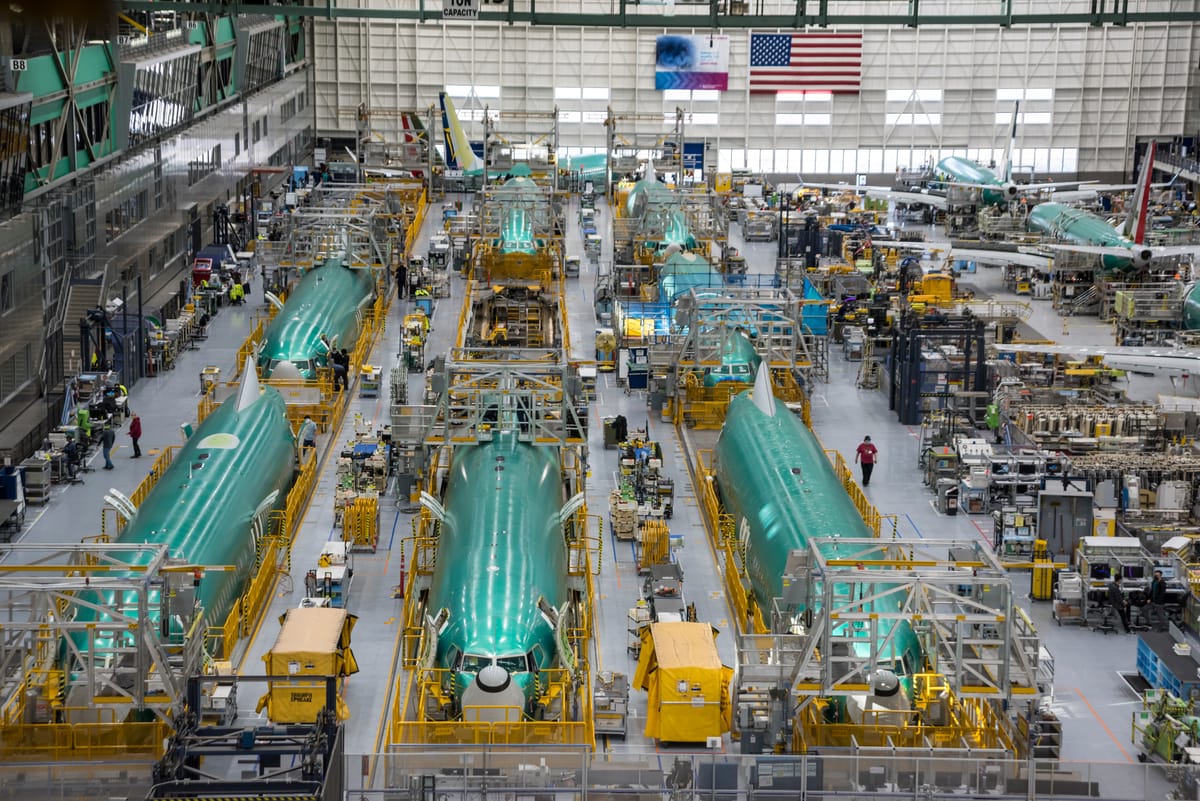
The fines were for “safety violations” between September 2023 and February 2024, including the mid-air door plug blowout. To put this into context, Boeing’s full-year revenues were $66.5 billion, meaning the fines were 0.00466% of its 2024 total revenue.
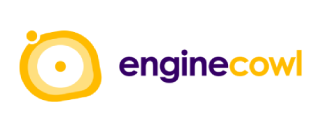


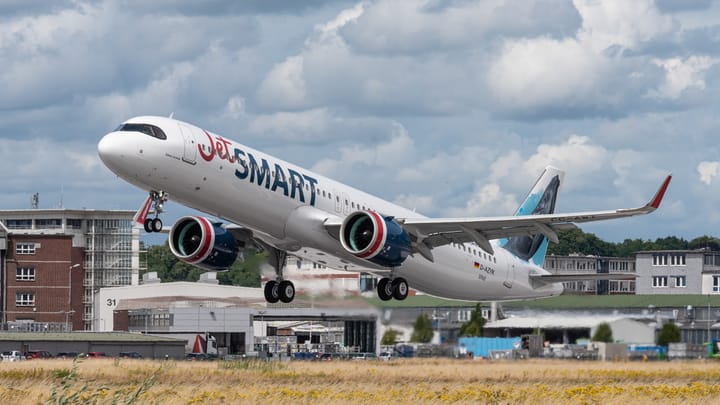
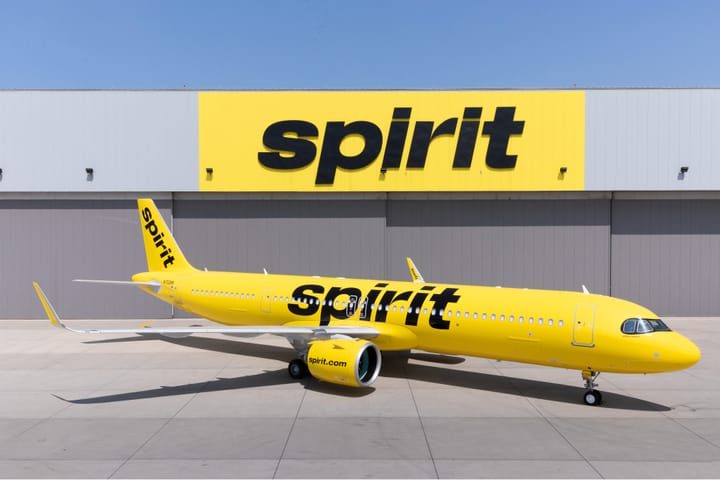
Comments ()